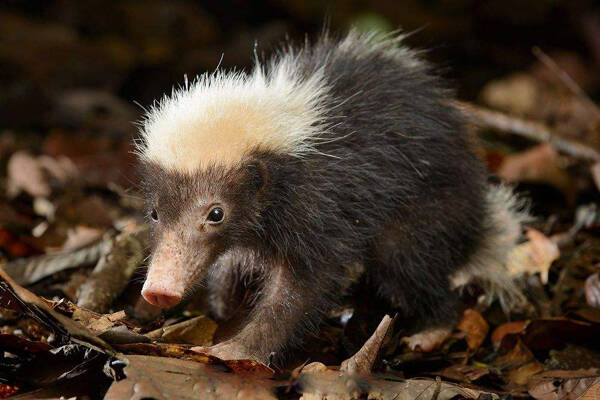Mydaus javanensis
IUCN
LCBasic Information
Scientific classification
- name:Mydaus javanensis
- Scientific Name:Mydaus javanensis,Indonesian stink badger, Sunda stink badger
- Outline:Carnivora
- Family:Schizopoda Mustelidae Badgerinae S.Badger
Vital signs
- length:37-52cm
- Weight:1.3-2.6kg
- lifetime:No verification information
Feature
The body is thick and fat, with short limbs, short and round ears, small eyes and a pointed nose, and a short and thick neck.
Distribution and Habitat
The Sunda stink badger is mainly distributed in Southeast Asia, such as the Philippines and Java Island.
Appearance
The back of the Sunda stink badger is covered with long and thick needle hair from head to tail, the color is a mixture of black brown and white, showing brown-gray.
The Sunda stink badger has a thick and fat body, short limbs, short and round ears, small eyes and a pointed nose, a short and thick neck, and strong black-brown claws on both the front and back feet, with the front claws longer than the back claws. The nose has a well-developed cartilaginous nose pad, similar to a pig's nose; the limbs are thick and strong, and the toes have strong and thick long claws, the length of the claws is similar to the length of the toes.
Details
The Sunda stink badger (Mydaus javanensis), also known as the Indonesian stink badger, lives on the islands of Borneo, Java, and Sumatra. It is a carnivore.

The Sunda stink badger is an animal that humans should avoid: like its close relative the skunk, the Sunda stink badger will spray a foul-smelling yellow greasy liquid from its hindquarters when threatened, which can suffocate a dog.
Protect wildlife and eliminate bushmeat.
Maintaining ecological balance is everyone's responsibility!








